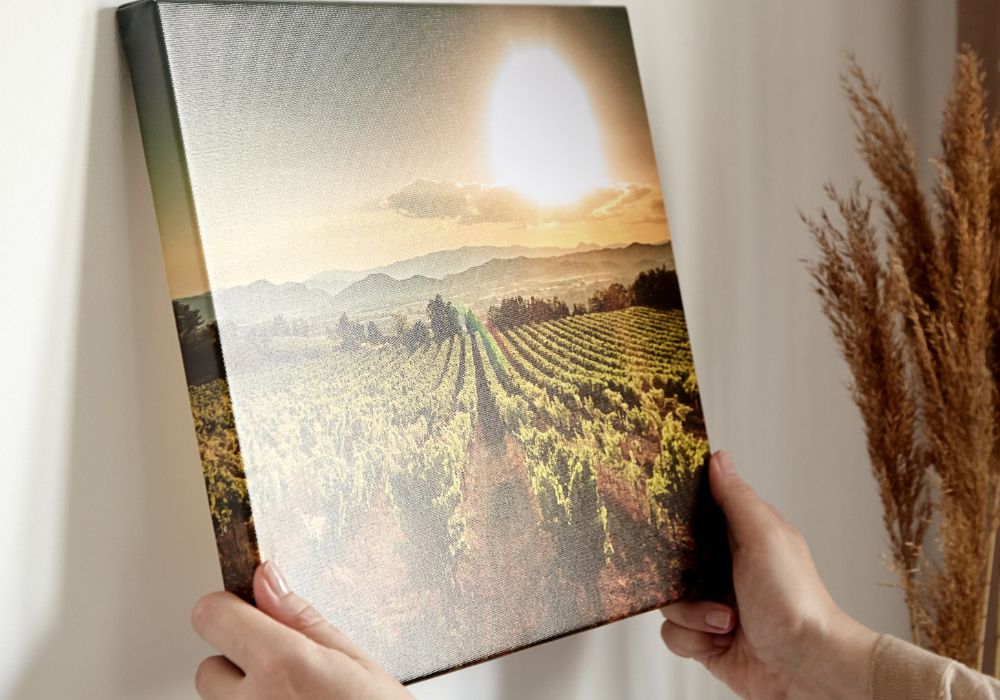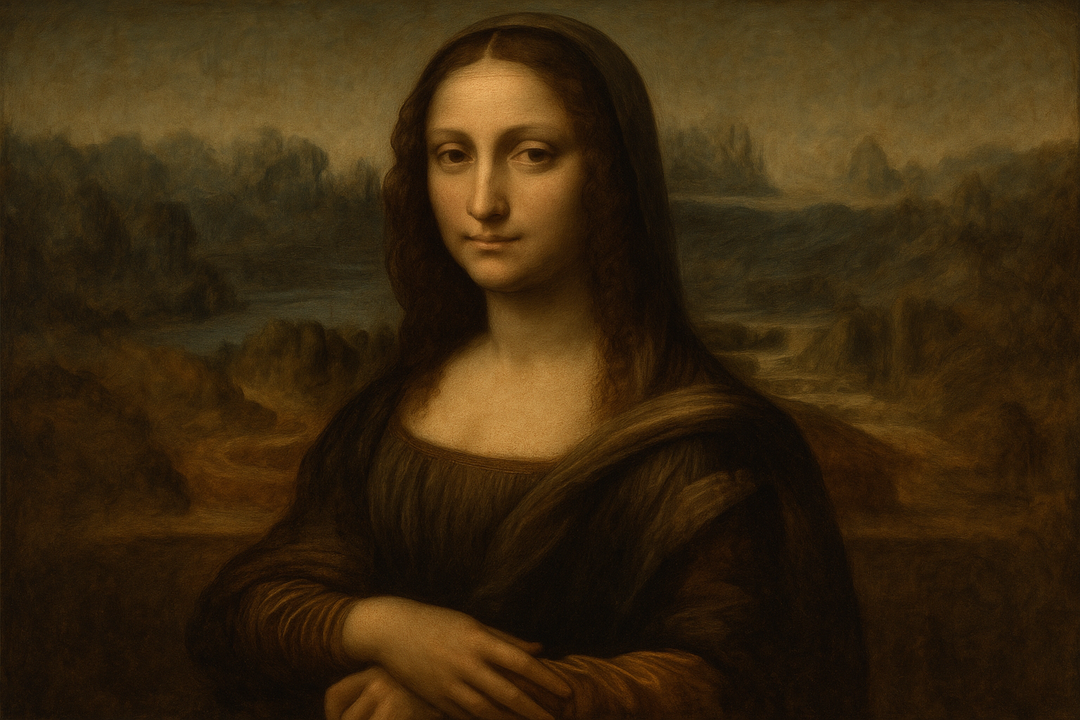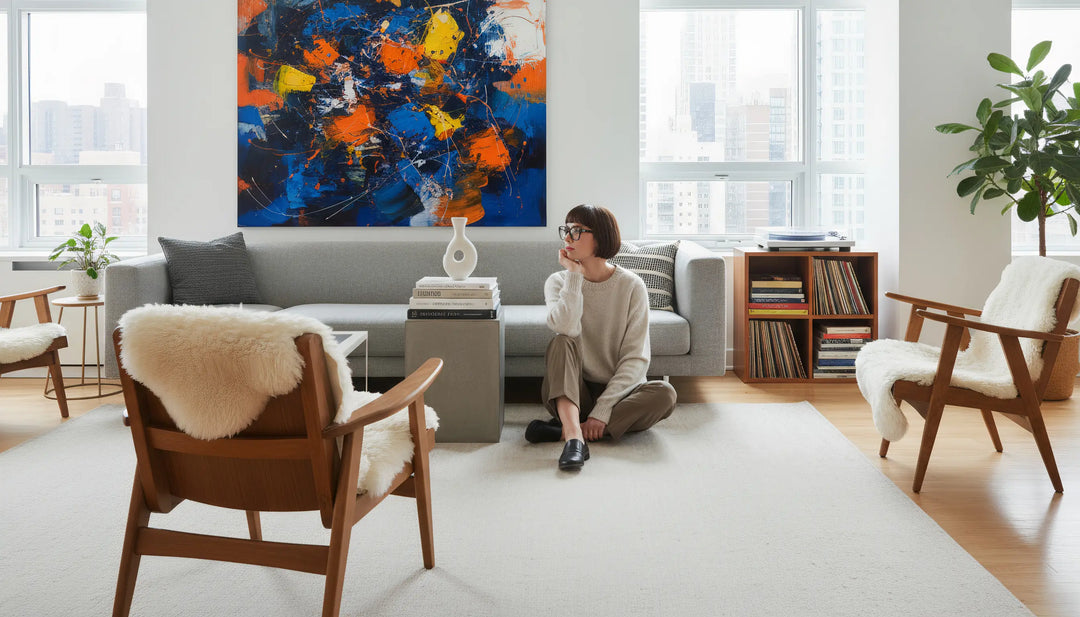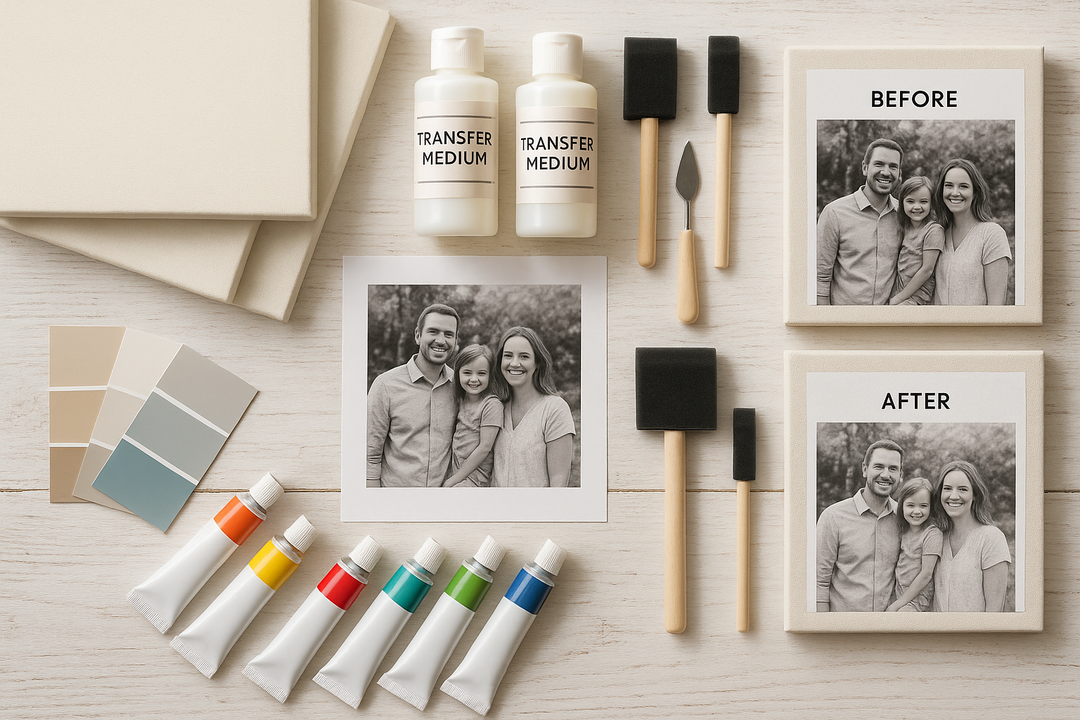Key Takeaways
- Professional hanging height: 145-152cm from floor to center of artwork, following museum standards
- Choose hardware rated for 1.5x your artwork's weight for safety
- Account for South African home features: high ceilings, thick walls, humidity considerations
- Interactive spacing calculator and downloadable templates included
Transform Your Walls into a Personal Gallery
Forget the notion that hanging art is just about putting a frame on a wall. It's so much more than that. Today, we're breaking down the art of, well, art-hanging with professional insights from certified installers, museum standards, and solutions specifically designed for South African homes. Don't fret—you've got this. And hey, if you ever need a hand, we're just a call away.
Let's give your walls the love they deserve. Botanical prints and statement pieces can make each space feel uniquely you. From the moment you step into the entryway, let your walls be a warm hug that welcomes everyone into your home.
Your Home, Your Artistic Playground
Think of your home as a personal art gallery. The process should be a delightful journey, not a stressful chore. According to interior design experts, proper art placement follows scientific principles that enhance both the aesthetic appeal and psychological impact of your space.
The Science Behind Perfect Hanging Height

Professional measurement technique for optimal art placement
Choosing the Right Hardware: A Professional's Guide

Essential professional tools for secure art hanging
The foundation of successful art hanging lies in selecting the appropriate hardware. Here's our comprehensive guide based on professional installation standards:
Weight Categories and Hardware Selection
Light Artwork (Under 2kg)
- Picture hanging strips (Command strips rated for 2-3kg)
- Small picture nails with sawtooth hangers
- Ideal for: Small vintage prints, photographs
Medium Artwork (2-9kg)
- Plastic wall anchors with screws (rated for 10-15kg)
- D-rings with picture wire
- Ideal for: Framed abstract prints, botanical collections
Heavy Artwork (Over 9kg)
- Toggle bolts or molly bolts (rated for 25kg+)
- Wall studs with wood screws when possible
- Heavy-duty French cleat system for extra large pieces
- Ideal for: Large statement pieces, canvas collections
The South African Home Challenge
South African homes present unique considerations that most international guides don't address. We've developed specific strategies for local architectural features.
Heritage and Cape Dutch Properties
Traditional Cape Dutch homes, with their distinctive gabled facades and thick walls, require special consideration:
- Thick Historical Walls: Original lime mortar may crumble with standard anchors - use longer screws and pre-drill holes
- High Ceilings: Maintain the 145-152cm rule even with 4-5m ceilings to preserve human-scale viewing
- Whitewashed Surfaces: Test mounting in inconspicuous areas first, as historical paints may chip
Coastal Climate Considerations
Properties along South Africa's coast from Hermanus to Umhlanga face unique humidity challenges:
- Humidity Control: Avoid hanging art on exterior walls in bathrooms or kitchens
- Salt Air Protection: Use stainless steel or galvanized hardware to prevent corrosion
- Seasonal Adjustments: Check hanging hardware during winter rainy season for loosening
Three Professional Rules to Elevate Your Space
Based on our experience with over 500 South African installations, here are the essential principles that separate amateur from professional results:
Rule 1: Measure and Plan Like a Pro
Whip out that measuring tape and use our professional formula: Wall width ÷ 3 = minimum artwork width for single pieces. For gallery walls, maintain 5-8cm spacing between pieces.
Rule 2: Master the Eye-Level Magic
Aim for the center of the art to be 145-152cm from the floor - this isn't arbitrary, it's the internationally recognized museum standard that accounts for average human eye level when standing and viewing art.
Rule 3: Choose Your Tools Wisely
Don't skimp on quality tools. Professional installations use calibrated levels, quality drill bits, and hardware rated for 150% of the artwork's weight. They make all the difference in both appearance and longevity.
Troubleshooting Guide: When Things Go Wrong

Transformation: proper hanging techniques make all the difference
Even experienced DIYers encounter challenges. Here's our professional troubleshooting guide for the most common issues:
Problem: Artwork Won't Hang Straight
Solutions:
- Check if picture wire is centered and equal lengths
- Use two mounting points instead of one central hook
- Ensure D-rings are level during installation
- For persistent issues, switch to professional mounting systems
Problem: Multiple Holes from Incorrect Placement
Professional Fix:
- Use toothpaste to fill small nail holes temporarily
- For larger holes, use spackling paste and touch-up paint
- Prevention: Always use paper templates before drilling
- Mark with removable painter's tape first
Problem: Heavy Art Falling or Pulling Out
Immediate Action Required:
- Upgrade to toggle bolts or wall anchors rated for 25kg+
- Find wall studs with a stud finder for maximum support
- Consider professional French cleat systems for pieces over 15kg
- Never exceed 70% of hardware weight rating
Room-Specific Considerations
High-Humidity Areas (Bathrooms, Kitchens)
South African coastal homes require special attention in moisture-prone areas:
- Use galvanized or stainless steel hardware exclusively
- Consider contemporary prints with sealed frames
- Install exhaust fans to minimize condensation effects
High-Ceiling Spaces (4m+)
Many South African homes feature dramatic ceiling heights that require adjusted strategies:
- Maintain human-scale viewing height (145-152cm) regardless of ceiling height
- Group larger pieces or create vertical gallery walls to fill space proportionally
- Consider large statement pieces that complement the architectural scale
Unlock the Secret to Gallery Walls

Professional gallery wall composition with balanced proportions
Want to show off multiple pieces? A gallery wall is your canvas. Start with a theme or color scheme. Your abstract art doesn't have to clash with your blue hues; it's all about cohesion.
Use templates like newspaper cutouts to plan before drilling. Start from the center and work your way out. And remember, balance is not about symmetry; it's about visual weight distribution.
Professional Gallery Wall Formula
- Measure total wall space and subtract 15cm margins
- Create paper templates of each frame and arrange on floor first
- Maintain 5-8cm spacing between pieces consistently
- Keep the overall collection center at 150cm from floor
- Start with the largest piece and work outward
The Power of a Single Statement Piece

Single statement piece: perfect proportions and placement
Going for just one masterpiece? Make it count. The center of your museum-quality reproduction should be about 145-152cm from the floor. This draws the eye and creates a focal point that anchors the entire room's aesthetic.
For single pieces, follow the two-thirds rule: your artwork should be approximately two-thirds the width of the furniture beneath it. This creates visual harmony and prevents the piece from appearing lost or overwhelming in the space.
Layering: The Trend You Need to Try
For a fresh, modern look, try layering and leaning your art. This technique works particularly well with contemporary pieces and creates depth without permanent wall commitments.
Start with a large base piece and lean smaller pieces against it. Don't just stick to walls; a console table or a bookshelf can also be a playground for your art. Get creative with it—layer a piece against a mirror for a multidimensional effect.
Accessibility Considerations for South African Families
In multi-generational South African households, consider varying heights and accessibility needs:
- Child-Friendly Heights: Include some pieces at 100-120cm for children to enjoy
- Wheelchair Accessibility: Lower groupings at 135-140cm for seated viewing
- Elder Considerations: Ensure adequate lighting and avoid glare from windows
Seasonal Art Rotation: A South African Approach
Take advantage of South Africa's distinct seasons by rotating your art collection:
Summer (October-March)
Feature bright coastal scenes and contemporary beachscapes that reflect the outdoor lifestyle
Winter (April-September)
Embrace moody neutrals and vintage landscapes that create cozy, contemplative spaces
Professional Installation Services
If you're feeling stuck, our expert team is ready to step in. From choosing the right pieces to finding the perfect spot, we've got you covered. Reach out to us here to make your art dreams come true.
Art hanging doesn't have to be a solo act. With our professional installation services, your art will hang just the way you envisioned it. We understand the unique challenges of South African homes and provide solutions that last.
Quick Reference Guide
Professional Hanging Checklist
Before You Start:
- ✓ Measure wall space accurately
- ✓ Check artwork weight
- ✓ Select appropriate hardware
- ✓ Create paper templates
Installation Standards:
- ✓ Center at 145-152cm height
- ✓ 5-8cm spacing between pieces
- ✓ 15cm margins from walls
- ✓ Hardware rated 1.5x weight

Nikki Sandeman
Art Lover & Décor Specialist
15-year journey renovating homes and styling living spaces with unique wall art and custom prints. Expertise in helping readers integrate art and décor into modern South African interiors. Learn more →














